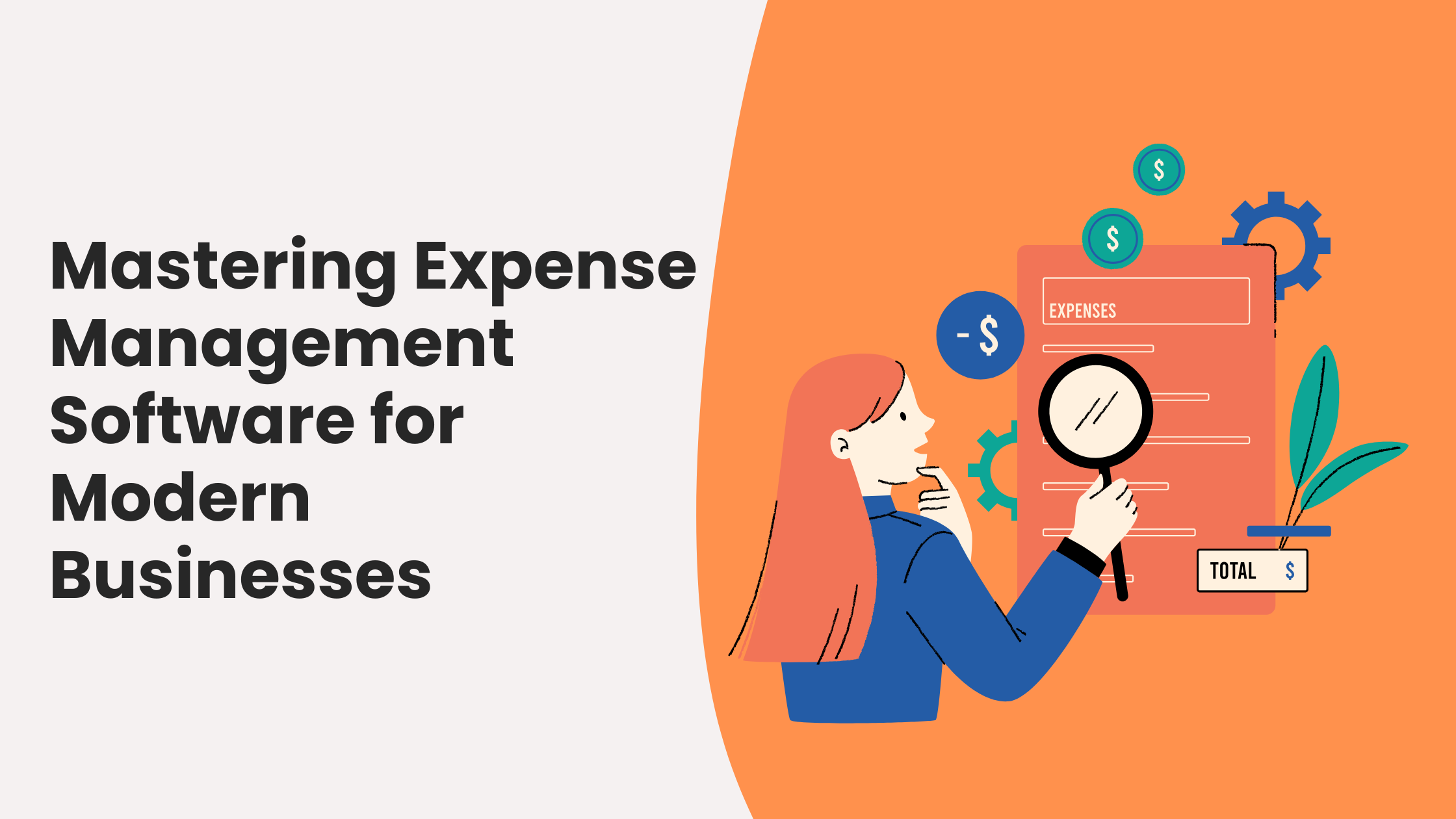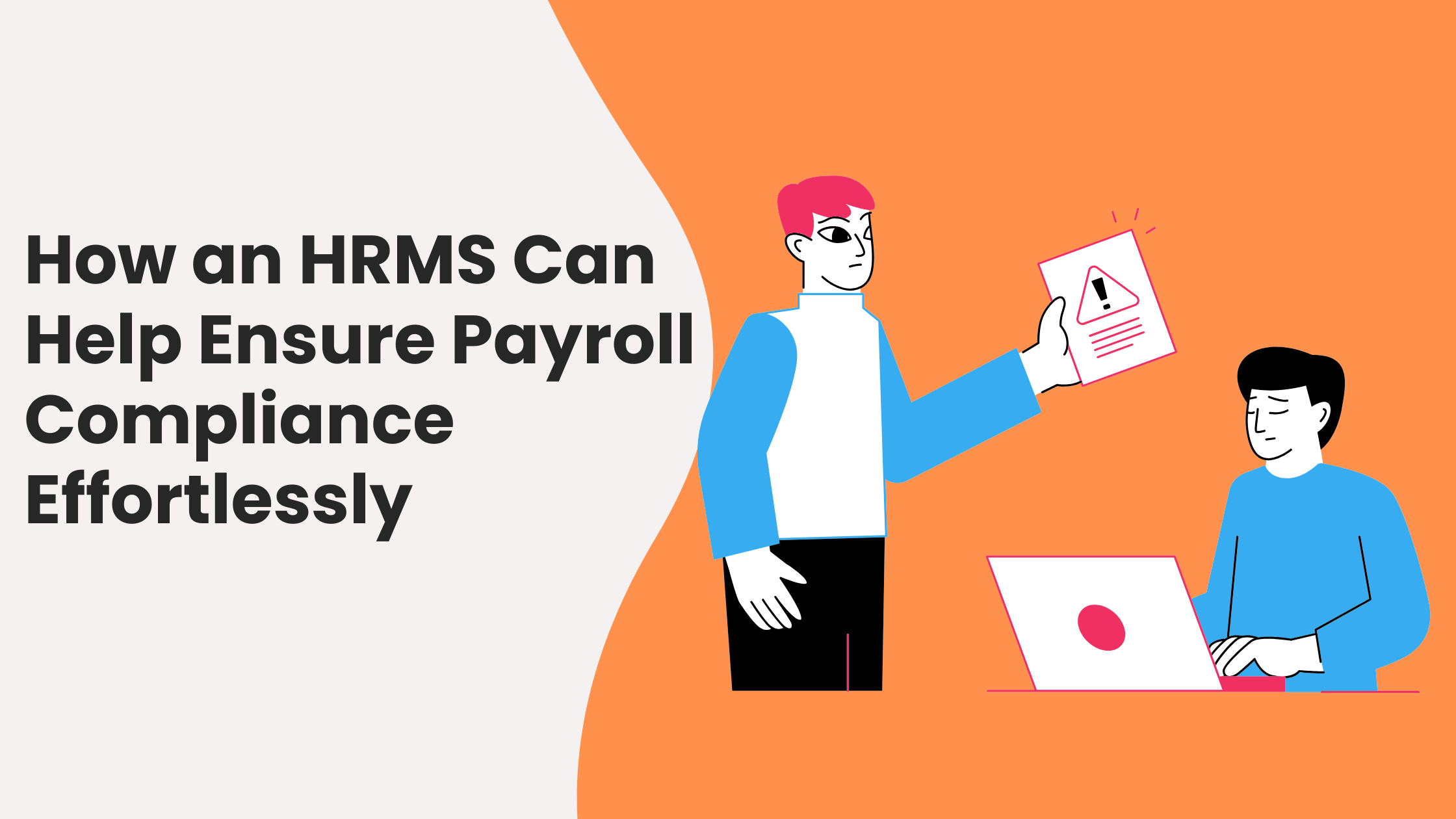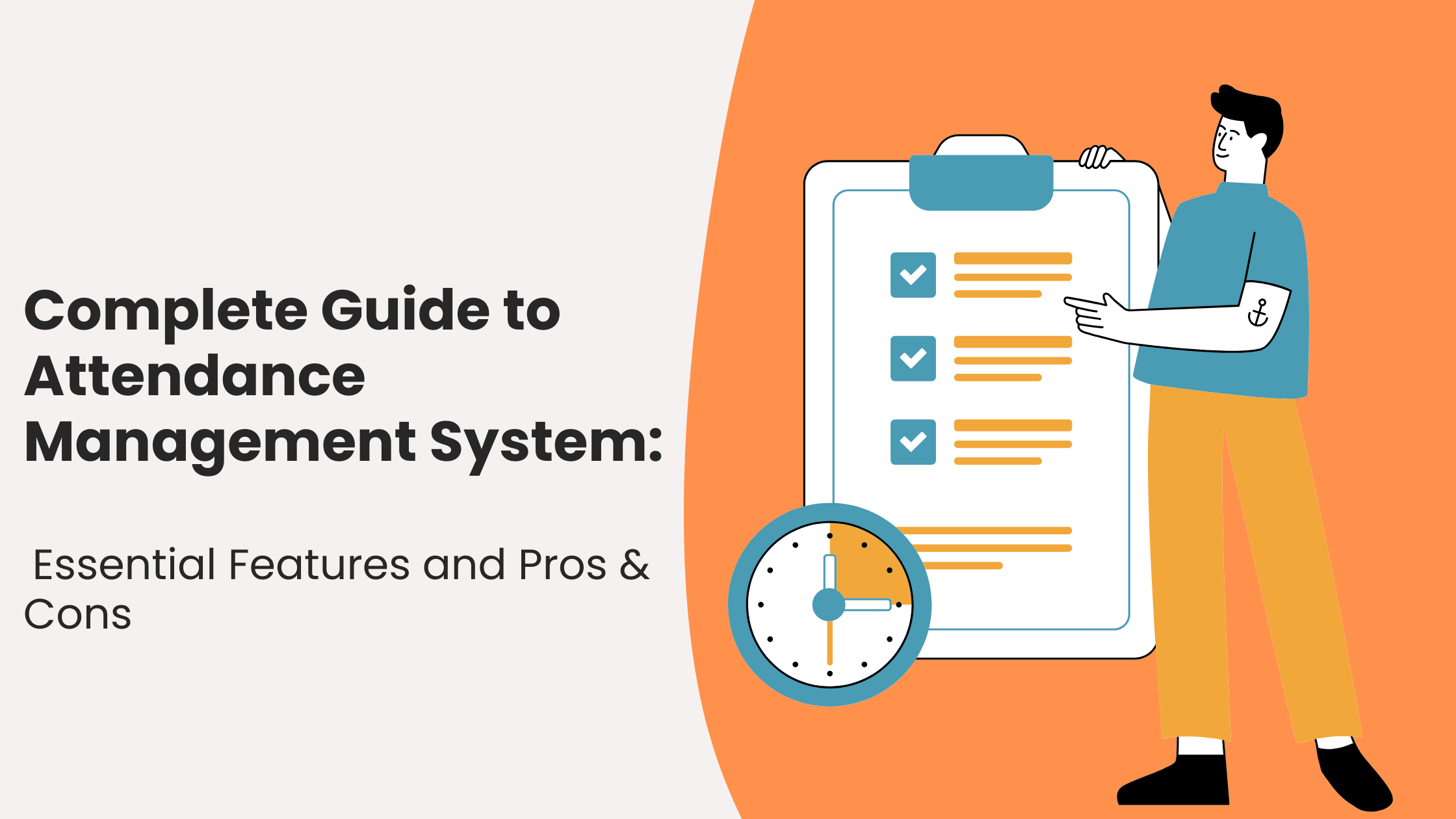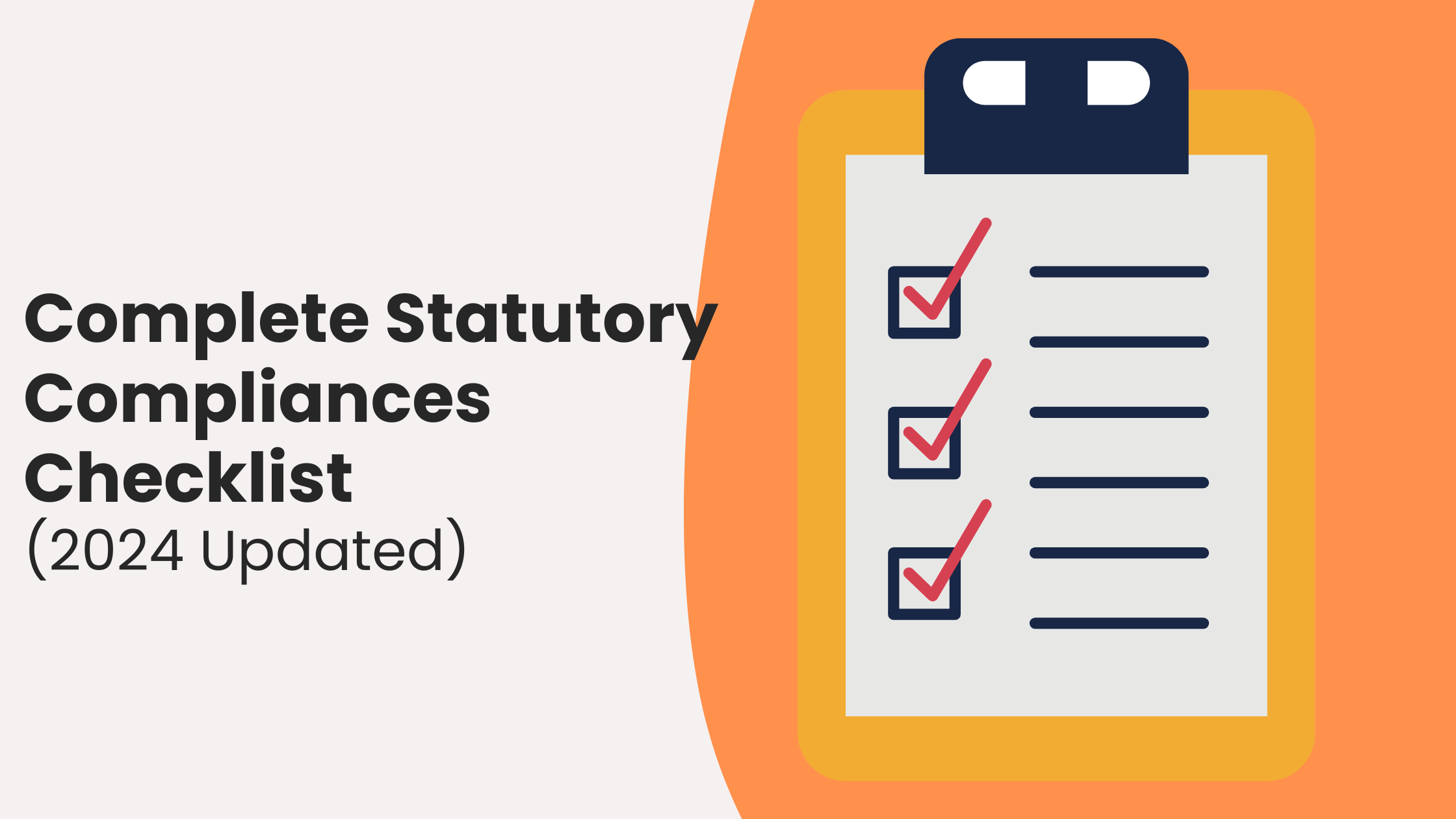Onboarding an employee: All you need to know

So you’ve got yourself a new hire and it’s time to buckle him/her up to get started in the organisation. But how do you go about doing that? What is the best practice to get a new hire on board? It’s always a good idea to have a uniform set of procedures to get a new employee on board. Hence, we thought we’d put together a quick list of things you should to smoothen the process of onboarding an employee.
1) Appointment Letter
The first and foremost thing you should do is to make the hire official by giving the employee his/her appointment letter. This is an important document from the employee’s point of view as it serves as proof of the employees joining date and start of service in the company. From the employer’s point of view it completes the hiring process and is a professional step towards welcoming the employee on board.
The appointment letter contains the terms of hire, the role and responsibility of the employee and the expectations of the employer. Putting these particulars on paper ensures that the employee and the employer are on the same page.
2) Confidentiality Agreements
The next step is getting the employee to sign a confidentiality or non-disclosure agreement. Confidentiality agreements are legally binding documents that forbid the employee from disclosing any confidential or important business information to a third party. This document is important from the employer’s point of view as it protects the interests of the company.
The best practice when it comes to confidentiality agreements is to ensure that the employee signs it on the first day of employment.
3) Compliance forms
If the employee qualifies for Employee’s State Insurance or Provident Fund, it’s best to complete these formalities as early as possible. Getting the employee to fill out the required forms ensures that the employer is compliant with the legal norms of getting the employee on board. Apart from the PF and ESIC forms, you also need the employee to fill out the Gratuity nomination form where applicable.
Completing the necessary paperwork on the first day itself, indicates to the employee that the organisation is professional and organised in its approach.
4) Salary Account Opening Letter
Probably the most important formality from the employee’s point of view is the setting up of the salary account. While this is not something that needs to be done on the first day, it’s best to complete the procedure before the employee’s first pay day.
Setting up the salary account usually requires a visit from a representative of the bank. Hence, if there are multiple hires due within a given month, it’s best to set up the account for all of them at the same time. In case the salary account of an employee isn’t set up before his/her first pay day, the best practice is to make the payment via cheque.
5) Welcome Guidance E-mail
Once the employee has been set up at his workstation, it’s time to send him a welcome mail. The welcome email enhances the employee onboarding process by making the environment friendlier and actually making the employee feel more welcome.
The general practice is to have the HR manager send out the welcome email to the employee. However, we recommend that this task be carried out by the reporting manager of the employee to set off things on the right foot.
6) HR processes Email
The final step is to educate the employee on how to go about completing his/her HR related duties. This would include details related to attendance and leaves as well as general HR policies. Here’s what this email should contain:
a) HR Policy
If you have an HR policy document that contains general HR norms like dress code, office timings etc, you should attach this to welcome guidance email.
b) Leave application template
If there’s a specific format that an employee needs to follow when he/she applies for an email, it’s best to include that in this email. Also include who needs to marked on the leave application.
c) Holiday list
Every company has a list of public holidays that are common for all employees. Moreover, this list differs from company to company. Make sure you inform the employee of all the available public holidays when you send out this email.
d) HRIS document
Using an HRIS can be confusing for the employee, if you’re not using Quikchex. The employee should know how to register his in and out times and track his attendance on his own. In the welcome guidance email, do include instructions that will help him/her use the HRIS effectively.
Setting up a fixed checklist of things you should do when onboarding an employee not only ensures a uniform experience for all employees but also enhances their first few days. Moreover, this also reinsures the employee of the professional and organised approach of the company.




